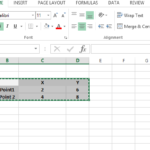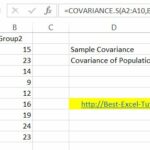How to calculate variance using the Data Analysis Toolpak Add-In?
Variance is a measure of how spread out the values are in a dataset. It is calculated by averaging the squared deviations from the mean. A higher variance indicates greater variability among the values, while a lower variance indicates less variability.
There is also a possibility to calculate the Variance without using an Excel formula. Instead of the Var.S formula, you will use an Excel add-in.
The Data Analysis Toolpak Add-In is a free add-in that can be installed in Excel. It provides a number of statistical functions, including the ability to calculate variance.
Table of Contents
Calculating Variance using the Data Analysis Toolpak Add-In
Navigate to the Data Tab on the Ribbon. Click the Data Analysis button.
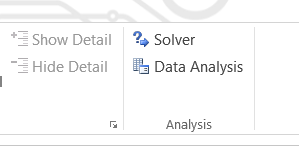
A new window appears. Choose Descriptive Statistics.
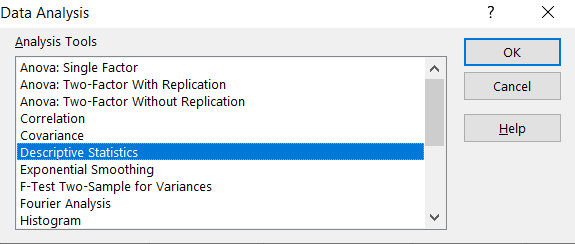
Enter the proper parameters:
- Input Range: range of your data ($A$1:$C$10 in my example).
- Labels in first row: there are no labels in my data table.
- Output Range: choose where you want to get your variance calculated (I chose the same Sheet $G$1:$T$18).
- Summary statistics: make sure it is checked.

And this is how you can see my Statistics summary. Sample variance is calculated in row 8.
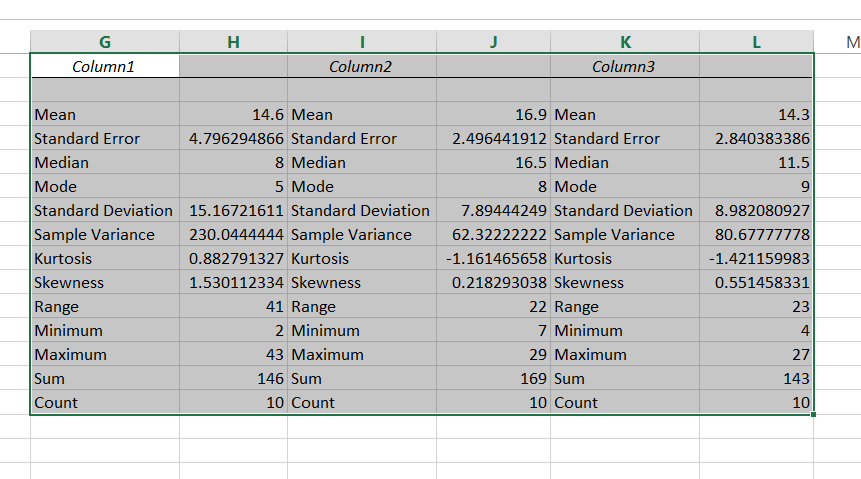
The variance will be displayed in a table with additional information such as the count, mean, and standard deviation of the data. If you need to calculate variance for your data, the Data Analysis Toolpak Add-In is a great option.


